It’s not about the car, or even the drivers, or engineers.
This ‘Lunch with’ is about one of the people who makes things happen, and who creates the environment that lets others shine
By Michael Clark
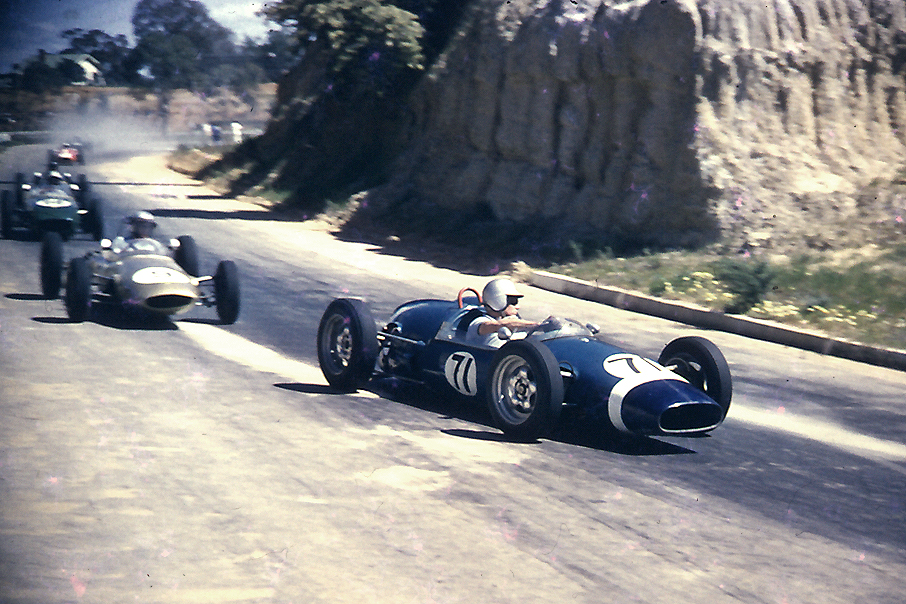
In January 1995 I somehow ended up forming part of a commentary squad for the Pukekohe round of the international racing series. The arrangement provided for two squad members to share the microphone at a time. I recall being initially partnered with Ron Frost for a Formula Ford race. Later in the day I was paired with Brian Lawrence for a Tranz-Am race that brought together the cream of Australasian tin-top chauffeurs.
Brian Lawrence (BL) as is the case with all four Lawrence brothers, was immaculately turned out and produced a masterclass of race calling. It was an exciting race but Brian thoroughly enhanced it and his performance that day has stuck in my mind all these years. I’ve sat alongside most of the best-known callers since, in commentary boxes on both sides of the Tasman. While I couldn’t say BL was the best, I’ve never had the pleasure of witnessing anyone better. On that day I might have contributed a couple of sentences but there was no need to elbow in, Brian was on fire — it’s a particular skill to accurately describe what you’re seeing as the drama unfolds without missing a beat.
Hearing Brian’s stories at the Levin tribute day (see Motorsport Flashback) made me realise that despite knowing him for nearly 30 years, there was much about his involvement in motor sport that I didn’t know. Since the ‘Lunch with’ series started, we’ve made a point of focusing on other contributors to the sport beyond the drivers. I’ve ‘lunched with’ journalists, a photographer, mechanics, preparation wizards, and F1 team members, but never before a promoter. In the near future we have lunches planned with more drivers, a team owner, and a sponsor, but now is the time to interview Brian David Lawrence.
He describes himself as, “The odd one out. My brothers were all born in Whanganui. I was born in Hamilton.” His father, Doug Lawrence — always referred to respectfully as ‘Dougie’ — had raced, and with Brian’s two older brothers both competing, it’s unsurprising that he was desperate to get involved.
“My first event was a standing quarter mile in the Peugeot 203 that Graeme and Tony were sharing. I was aged about 17 and was so excited about being in a car race it wasn’t until after my first run that it was pointed out that I had the handbrake partly on. My times improved considerably once I rectified that.”
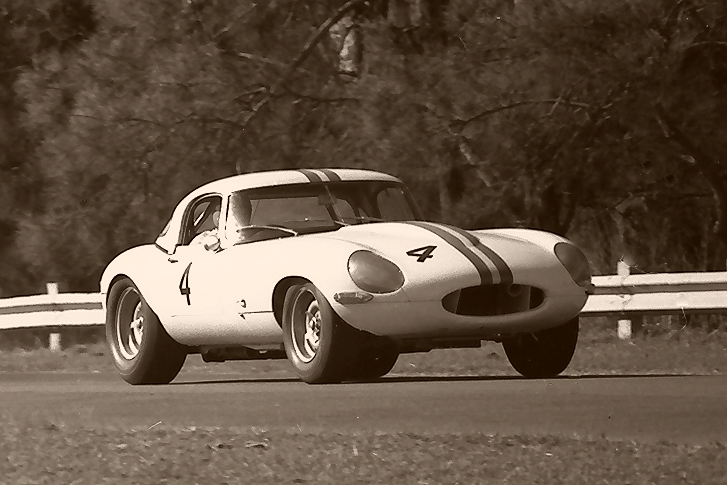
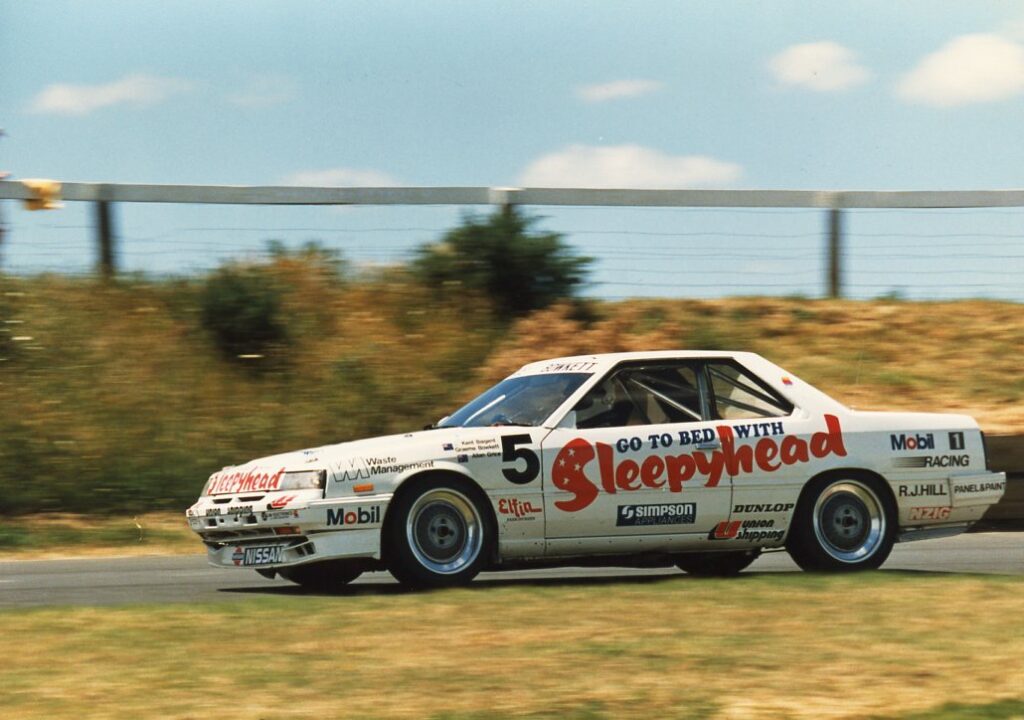
Driving ambition
His own Fiat 850 Abarth followed with the intention of doing hill climbs but “Dougie had different ideas” and an FJ Holden was next in a string of cars that BL refers to as being “heavily financed”, although none more so than his Austin Healey 100-6. Wages from working as a post office teller only went so far and Brian recalls his first race meeting at Levin where “I was so broke it ran in undercoat because I couldn’t afford to paint it”.
Brian decided the time had come to head to Australia. “I was 21 and went with three mates — 25 quid to get to Sydney.” Although not a qualified mechanic (“but taught by Dougie”) BL landed a job running a workshop that had a contract with a taxi company, although motor racing was never far off. “Kevin Bartlett took me to The Horsepower Bar in the Cross and introduced me to Johnnie Harvey.” Both were young stars on the Australian motor racing scene, the latter, under the tutelage of preparation guru Pete Molloy, asked the young Kiwi, “How much notice do you have to give?”
“I spent a year as an assistant on Harv’s Brabham with Pete. He and I set fire to the lake at Oran Park — but that’s another story.” Legendary Aussie driver team owner and sponsor Bob Jane was in the early days of building his empire and after adopting Harvey and moving him to Melbourne, he made BL an offer. “Maybe I should have taken it but instead I came home in November 1967 to help [brother] Tony build up a Lotus-Cortina.” Once back in Hamilton, Brian ran a car yard and while he had aspirations to compete, he realised he “could never have made the personal sacrifices that I saw Graeme making in order to go car racing”. Bike racing, however, was another story and more particularly motocross. Initially armed with an AJS 350 Brian recalls: “I was really enjoying this but it was only semi-competitive.” So he upgraded his hardware. “I did some motocross in Australia, won some beach titles here by the early-mid 1970s, and was part of the winning North Island team in the 1973 inter-island. Then we got into the tyre business around 1974.”
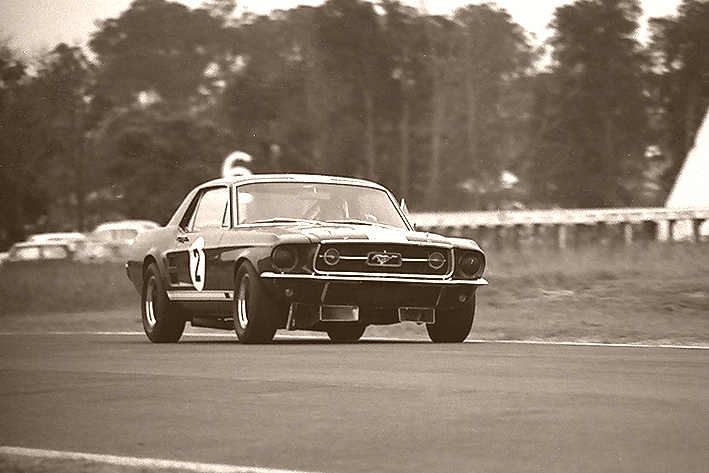

Shouldered aside
Curiously BL’s path into promoting motor racing events came about as the result of shoulder surgery. “I couldn’t compete because of the shoulder, but turned up to a motocross event and I was told the commentator wasn’t going to make it. I was given a microphone, a programme, a pair of binoculars, and the back of a Holden ute to give me some elevation. Afterwards I had an approach by someone representing Marlboro to promote a circuit-based series … that’s how it all started.” The Marlboro Series was extremely successful and, while admitting to learning as he went, BL now looks back and concludes that “I’d absolutely found my niche”.
Other sponsorships followed on the back of the reputation Brian had forged for his promotion of a product that brought in good crowd numbers and the all-important television audience. “After Marlboro came Countrywide Bank, and then Brut 33 Aftershave.” Despite having not done much car racing, Brian proved he was capable when he and brother Tony won their class driving a Honda in the Benson & Hedges series. “I was walking off the podium at Pukekohe and [was] approached by the series sponsor Wills to promote the new Peter Jackson branded series.” He recalls being told, “When you get sick of promoting bike racing, we’d like to talk to you.”
This led to Brian joining Global Sports in February 1985. “They’d been involved in various sports, notably basketball, but with no one else there having much motor racing knowledge, I was pretty much left to it.” Brian knew he’d be under the microscope and that no one would be looking at him more closely than the godfather of New Zealand motor racing, Ron Frost. “On my first day on the job we went to lunch. This wasn’t going to be one of those situations where we swept everything from the past out the door. Ron, and Eric [Mallard] had built up so much knowledge from decades of running events. They could predict almost exactly how many ice-creams would be sold and how many people would be needed to collect the money at the gates. I had huge respect from them and they taught me so much.”
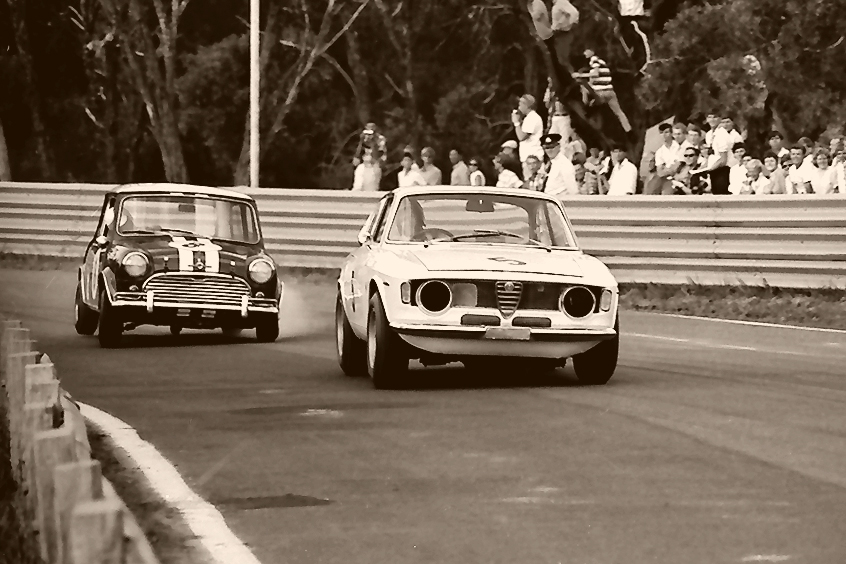

Front rank
Although open-wheelers have always been BL’s first love, there was no denying that New Zealand was part of a worldwide touring car craze centred on Group A. While our highest profile event was the Wellington 500 street race, Brian was intimately involved in another series for this category sponsored by the Australian whiteware giant Simpson. “They gave us $120,000 and it was my job to give them the most bang for their investment. They wanted to know ‘how much TV?’ So I made a phone call and within 20 minutes the contract was signed. I was grooming myself to grow this thing bigger and bigger.’
It must be highlighted that there’s no massive ego in Brian, he’s not telling these stories to amplify his own contribution. There’s no ‘without me it would have never happened’. What emerges is his deep love of the sport and a natural ability to make things happen. Brian remains a great talker, not just from behind a microphone, and with his database of connections, it’s difficult to imagine many other people in New Zealand motor racing pulling off the deals he’s done. As he said, he’d found his niche.
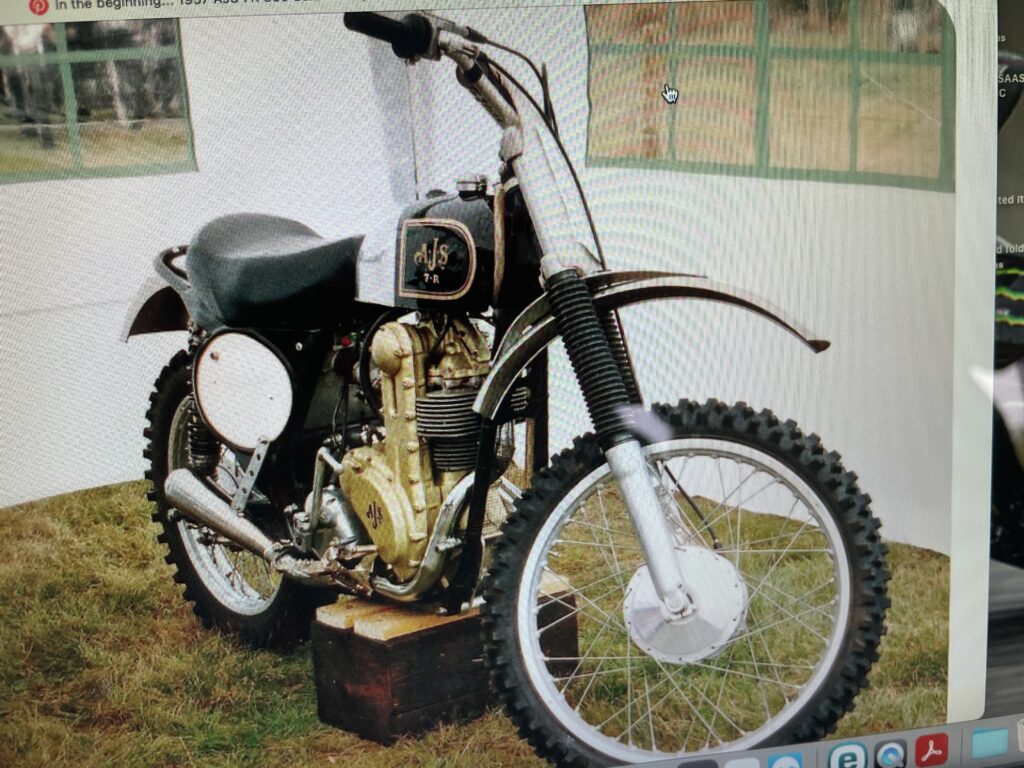
Lasting legacy
It’s all in the mind. Brian Lawrence’s restless urge to put motorsport in front of fans gets creative and leads to a lasting international legacy of the two-wheeled type
By the time Brian had taken control of the promotion of our premier events, the Peter Jackson Series [no relation to the film-maker] via the sports promotions company Global, New Zealand had already been running Formula Pacific for nearly a decade. For the purists, these 1600cc high-revving machines not only provided state of the art design, but also gave us a chance to see future talent first hand. Keke Rosberg, Teo Fabi, and Roberto Moreno all significantly advanced their careers by winning the New Zealand Formula Pacific title.
For people who pined for the good old days of Formula 5000, the — by comparison — puny Pacifics were always tough to like. Brian could see both sides of the discussion, having been closely involved in brother Graeme’s F5000 campaigns, but recalls “The world was moving towards Atlantic/Pacific cars and our series was truly part of an international movement, so we had to embrace it — and look at the result”.
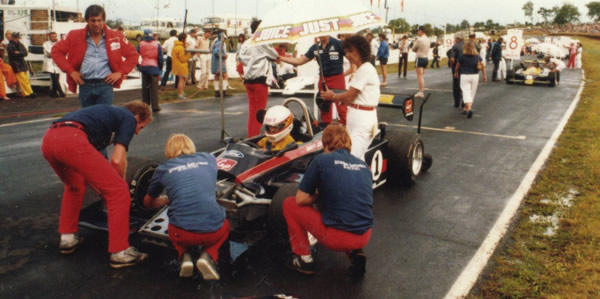
Looking after the media
BL was now in his stride.
“We looked after the media, something previously unheard of in this country, but we figured they were giving us publicity, the least we could do was deliver their lunch to the media centres. We contributed towards journalists flying to races, and took BK [Brian Kelly] as our commentator to each track.”
Of course things rarely always go according to plan and I remind Brian of the big announcement late one year that star billing for the upcoming series would be shared between Jimmy Vasser and former F1 makeweight Beppe Gabbiani.
In a flash BL is back in the moment.
“We had Jimmy all signed and sealed and then he phoned to say he had been offered an Indycar test and if it went well then he’d be staying in the States and preparing for the new season. It did go well, and then Jimmy was all concerned that he’d broken his contract. I told him congratulations, don’t worry about it, and instantly moved to Plan B.”
And Gabbiani?
“His money dried up at the 11th hour and, when I couldn’t find a sponsor locally, I now had two new drivers to find.”
You’d think most people would find such a last-minute hit as being the last straw but when Brian says “I loved every minute of it” his enthusiasm is such that, even three-plus decades on, you can believe he saw these challenges as simply part of the gig.
“When Jimmy Vasser eventually won the Indycar title a few years later, I phoned him and said ‘Now, why did you get yourself so upset when you couldn’t come to New Zealand?”
Brian’s deal-making was clearly not confined to racing cars and drivers.
“Ford was pulling the plug on supplying our course cars at about the time Toyota was getting interested in Atlantic racing in the States.”
Unsurprisingly, BL made initial enquiries with Toyota New Zealand and one Friday afternoon got the call he’d been hoping for, asking when they could meet with him.
“I was in their office first thing Monday morning. We signed a multi-year contract that started a wonderful relationship with a great organisation.”
But not everyone was appreciative of the introduction of Toyota engines into the series as an alternative to the venerable Cosworth BDD.
“Dave McMillan turned up to Global’s office one day and walked straight past me into my boss and told him that I had to be sacked because I was ruining the series. That hurt, because ‘Swifty’ had almost grown up with the Lawrences in Hamilton; many years later he apologised and said he’d been well out of order.”
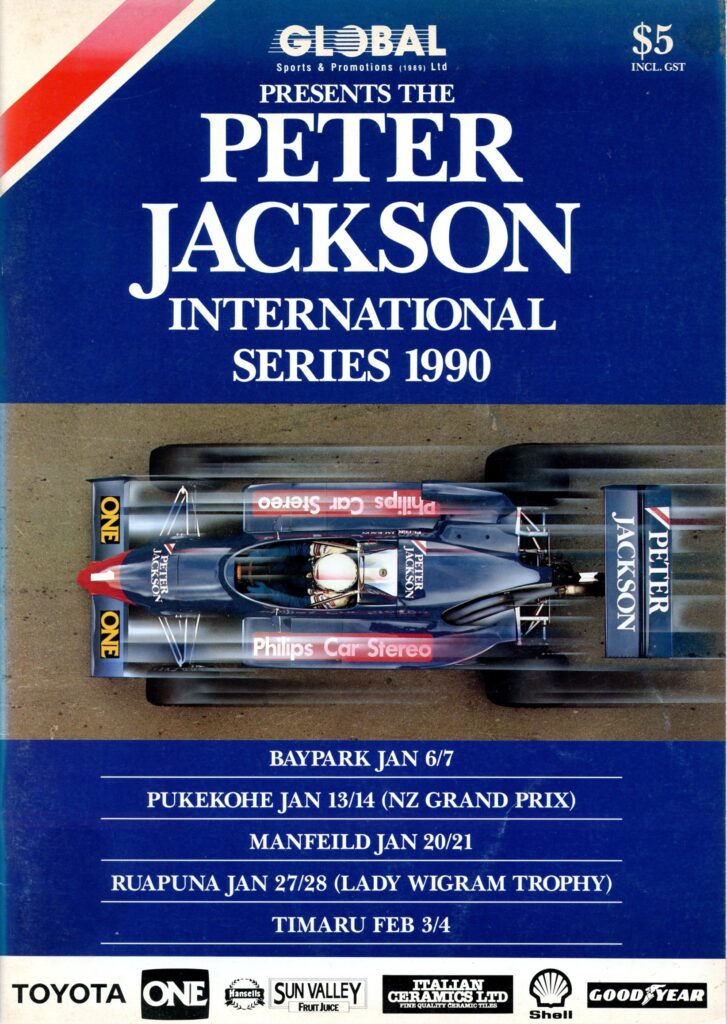
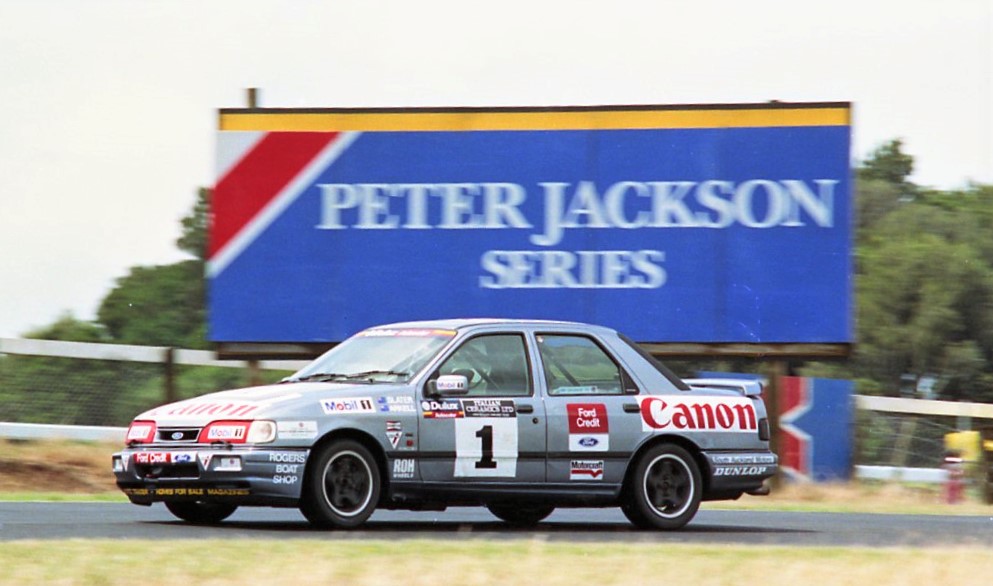
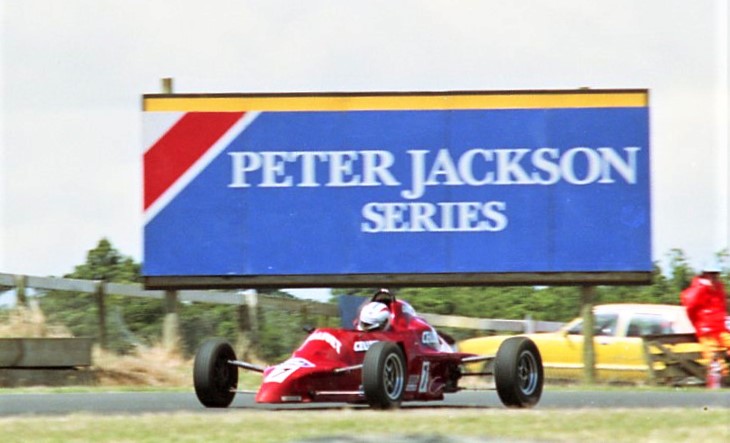
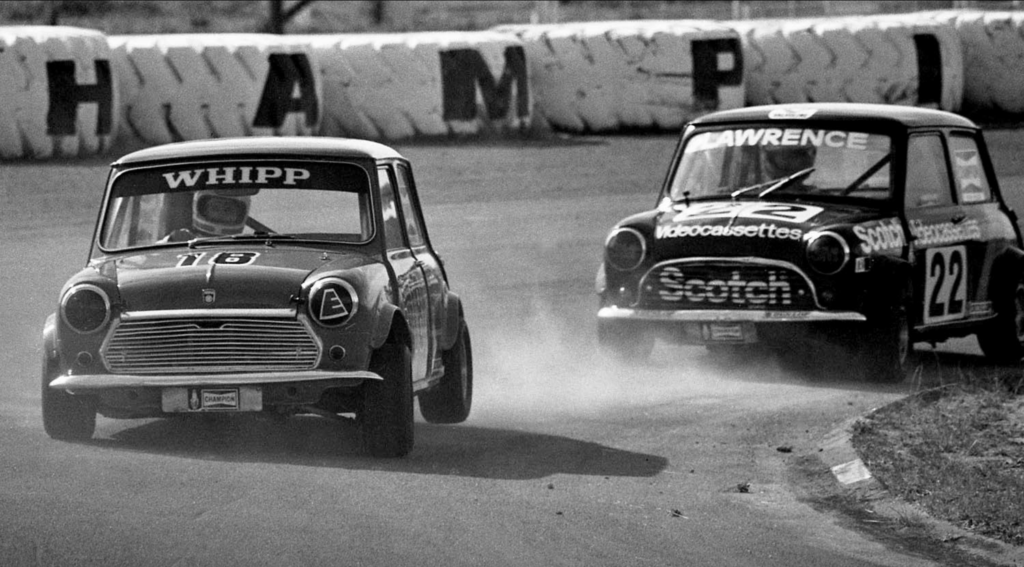



Looking to the future
Brian continued looking at opportunities to bring in sponsors.
“We were getting good crowds and, because we had such a great relationship with all the tracks, we started to standardise circuit signage, but then the kick in the guts came from MotorSport NZ. Presumably they thought they could do what we were doing. We’d been doing five rounds for years but then they gave us an ultimatum: ‘You do six or you do none’. Once again, Wills stepped up to the plate and we did the six. I don’t think that’s what MSNZ were expecting us to say.”
Brian could see the writing on the wall and began exploring new opportunities.
“Steve McLachlan was a very noisy American who’d been trying to get a World Superbikes series off the ground. I phoned him in LA, we met and, although it took nearly three years, in 1988 we launched it at Donington. People told us we were crazy but now every bike manufacturer is involved. It turned into a huge success. I did that for two years and then in 1994 we launched the ‘Aztec Star Search’, looking for new talent, but the company got sold and the new owners had no interest in promoting motor racing.”
Brian was at a crossroads but stayed in the business “because that was me.”
In the late ’90s he was approached by Dick Johnson to be commercial manager for his successful Queensland-based Australian Touring Car DJR operation.
“It was a dream job for me but I had a personality issue with the general manager. I was approached by Ross Palmer, who had a dream of a 24-hour race at Bathurst.”
Palmer’s company, Palmer Tube Mills, had featured as a title sponsor on many of Johnson’s early Falcons and, to implement his dream, Palmer engaged Brian.
“There had been a 12-hour race at Bathurst since the early ’90s but Ross had his heart set on an around-the-clock event when he approached me in early 2002. He wanted the race to run that November.”
Brian explained to the multimillionaire that that simply wasn’t possible.
“We stitched it together in nine months. Once it was over he asked me what all the fuss had been about, handed me a brown envelope, and said ‘I knew you could do it’ — so that was satisfying.”
Also established in Queensland was Stone Brothers Racing, launched in 1998 by Kiwis Ross and Jimmy Stone — team manager and chief engineer respectively. They’d been partners with 1980 world champion Alan Jones. BL had known the brothers for years and one day, while he was wondering where his motor racing odyssey would take him next, Ross phoned and invited him to lunch with the brothers.

Looking after sponsors
“That led to me being appointed commercial manager for SBR.”
BL was back in his element — keeping existing sponsors happy, looking for new opportunities. “Sponsorship is so much more than simply slapping a sticker with the sponsor’s name on the side of a racing car. I looked at these companies more as partners in the team, and as partners they needed to be looked after properly. There is so much more to ensuring long-term relationships — as opposed to the old days when a lot of teams simply took the money. I insisted on doing regular sponsor’s reports. It was something we started back in the Global days and was designed to keep the companies, the people funding the team, informed and involved. The reports took us ages to put together but we were able to tell them crowd numbers, TV viewing figures — all in the hope that they’d stay happy and re-sign for another season.”
After remarrying, Brian settled back in New Zealand. Now in his mid 70s, his passion for motor racing is undiminished.
“About a decade ago I was travelling back from yet another funeral of an old motor racing friend with Garry Pedersen and it occurred to us that what we should be doing is having get-togethers while we’re all still alive, not waiting for a funeral.”
As ever, Brian was thinking big and booked the function centre at Ellerslie Racecourse. The motor racing community loved the idea, and people travelled from all across the country to be there.
“People still talk about it — and still ask me when the next one will be.”
BL’s philosophy was always: “Never ask anyone to do something you wouldn’t do yourself — and make sure you enjoy every minute of it!”


